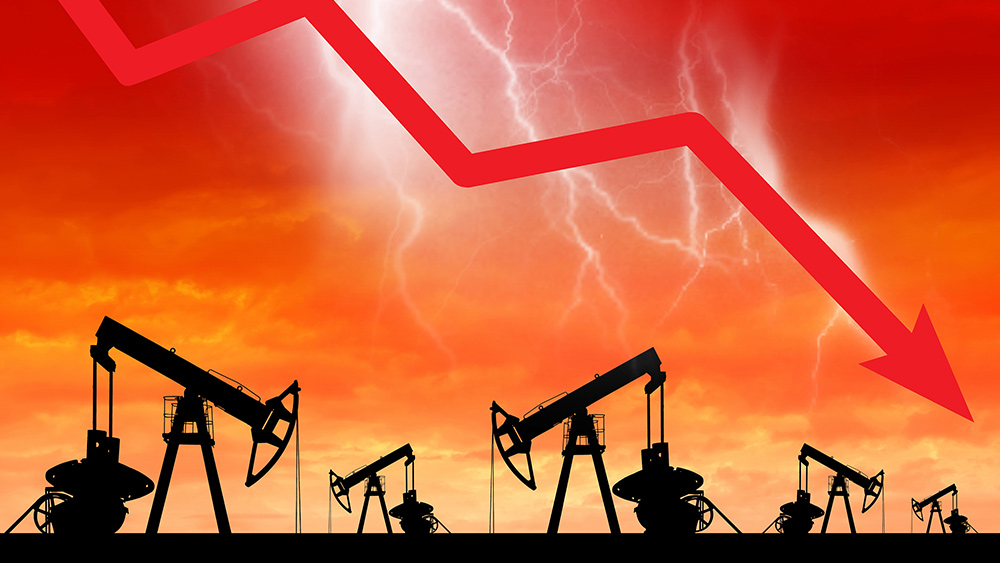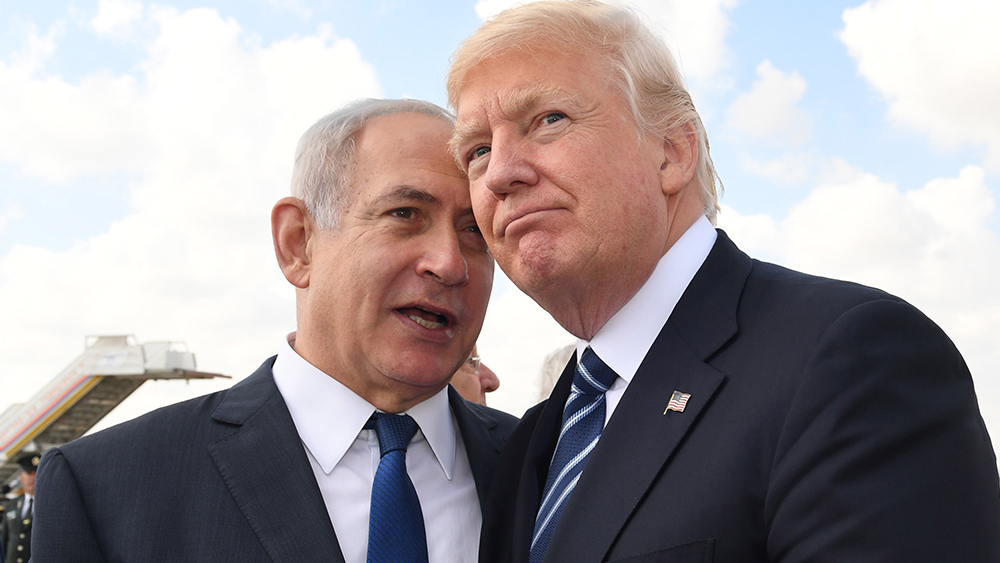 Parler
Parler Gab
Gab
- Iran-Israel conflict risks spike oil to $150 if Strait of Hormuz closes.
- Geopolitical risks loom over global markets amid tactical military responses.
- U.S.-Iran tensions underscore uncertainties over spare oil capacity.
- Analysts cite $200 billion in potential losses from supply disruptions.
- Strain between fiscal policy choices and energy market fears persists.
Middle Eastern powers not big on compromise
The actors involved in this potential crisis are layered and complex. Iran, under increased domestic political pressures, including rising anti-government protests and economic sanctions, may perceive aggressive actions as a means to assert leverage on the global stage. Israel, emboldened by strong U.S. support, has escalated its campaign against Iranian-linked forces in Syria and Lebanon, further raising stakes. Meanwhile, the U.S. administration, wary of being drawn into a direct conflict, has attempted to balance deterrence through military deployments—such as additional aircraft carriers in the region—and diplomatic efforts to stabilize the situation. Middle Eastern allies like Saudi Arabia and Iraq, dependent on Hormuz for exports, would face immediate economic fallout, while global markets brace for volatility. The repercussions of a Hormuz closure extend beyond oil prices. The ripple effect could trigger panic buying, weaken currencies and amplify inflationary pressures in importing nations. Gold, as a traditional safe-haven asset, might surge alongside oil, reorienting investment portfolios. Conversely, the long-term response would likely accelerate the shift toward renewable energy, as nations prioritize energy resilience against systemic disruptions. While the timing of such an escalation remains uncertain, analysts point to mid-2025 as a potential window of risk, given simmering tensions over Iran’s nuclear ambitions and potential regime instability. Recent incidents, including Houthi attacks on Saudi infrastructure and U.S. countermeasures, underscore the fragility of the status quo.Rising geopolitical stakes create uncertain energy markets
Tensions have escalated rapidly since mid-June, with Israel launching air strikes on Iranian nuclear sites, followed by Iranian missile attacks on regional allies and a targeted strike on a U.S. airbase in Qatar. While a U.S.-brokered ceasefire is holding, analysts warn the Middle East remains unpredictable. “If Iran closes the Strait, it’s not just a supply disruption—it’s a geopolitical gamechanger,” said SocGen’s energy analyst, emphasizing that inventories are already tight. A $150 oil price scenario would strain consumers and companies, though analysts remain divided on its likelihood. Historically, the Strait of Hormuz’s role in global trade has been pivotal since the 1979 Iranian Revolution, when Iran briefly blocked traffic, disrupting $30 billion worth of crude annually. Today, tankers transporting 20 million barrels daily pass through its narrow waters, making its vulnerability a critical chokepoint.Strait of Hormuz: Iran’s nuclear “roadmap” or “lose-lose” tactic?
Closing the Strait would be a high-risk move for Tehran. Analyst Hakan Kaya notes Iran would alienate critical allies, provoke U.S. retaliation and lose its naval assets—a “lose-lose.” Most tankers avoid Iranian waters, making a closure tantamount to war with Gulf States. “In a worst case, Hormuz’s blockage could force oil inventories down, but spare capacity from OPEC+ and U.S. shale buffers moderate outages,” Kaya added. Still, a closure could divert shipments to costly pipelines or southern routes, costing an estimated $200 billion annually.Market turbulence reflects geopolitics vs. fundamentals
Oil prices oscillate between the mid-60s and 70s, mirroring shifting dynamics. Though Brent briefly broke $70 in July, tariffs on Asian imports have tempered demand optimism. SocGen and CIBC analysts emphasize low inventories, strong U.S.-China consumption and OPEC+’s production flexibility. Societe Generale’s July report warned that geopolitical “noises” added a 10–12 risk premium. Yet “the market won’t sustain 100 oil unless supply is cut by 5-plus million barrels daily,” said one analyst.Balancing risks and markets amid persistent geopolitical volatility
While Hormuz remains open, investors anticipate prolonged volatility until October, when fiscal policies and OPEC+ decisions could stabilize markets. “The Middle East won’t calm on its own,” cautioned a Wall Street portfolio manager. For now, the world watches—Iran’s domestic upheaval, Israel’s deterrent strategy and the U.S.’s pragmatic stance define a knife’s edge of stability. The oil price question lingers: Will Hormuz merely ripple markets, or will it wave a red flag anew? Sources for this article include: Rigzone.com nb.comGlobal divide over Gaza escalates as U.S., BRICS clash on Israel’s plans
By Willow Tohi // Share
Trump’s $1 trillion AI data center boom strains Texas grid — nuclear power eyed as solution
By Finn Heartley // Share
Major U.S. banks eye stablecoin experiment as crypto regulations shift
By Willow Tohi // Share
Trump threatens 100% “secondary tariffs” on Russia if Ukraine deal is not reached in 50 days
By Laura Harris // Share
Global coalition of states announce “concrete steps” against Israel’s genocide in Gaza
By Ramon Tomey // Share
Health Ranger Report: Michael Yon on Trump’s global trade strategy and China’s tactics
By Kevin Hughes // Share
Governments continue to obscure COVID-19 vaccine data amid rising concerns over excess deaths
By patricklewis // Share
Tech giant Microsoft backs EXTINCTION with its support of carbon capture programs
By ramontomeydw // Share
Germany to resume arms exports to Israel despite repeated ceasefire violations
By isabelle // Share










